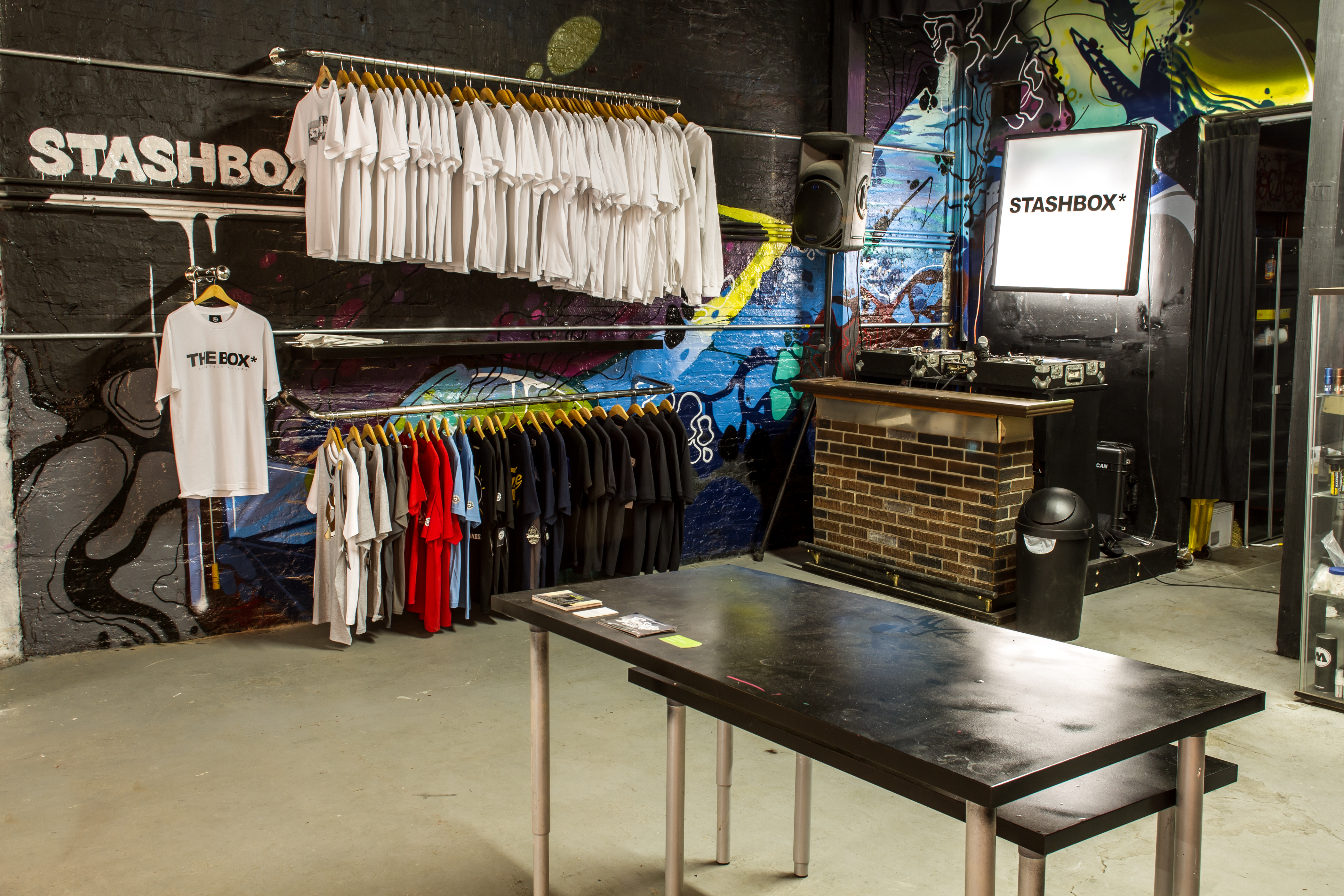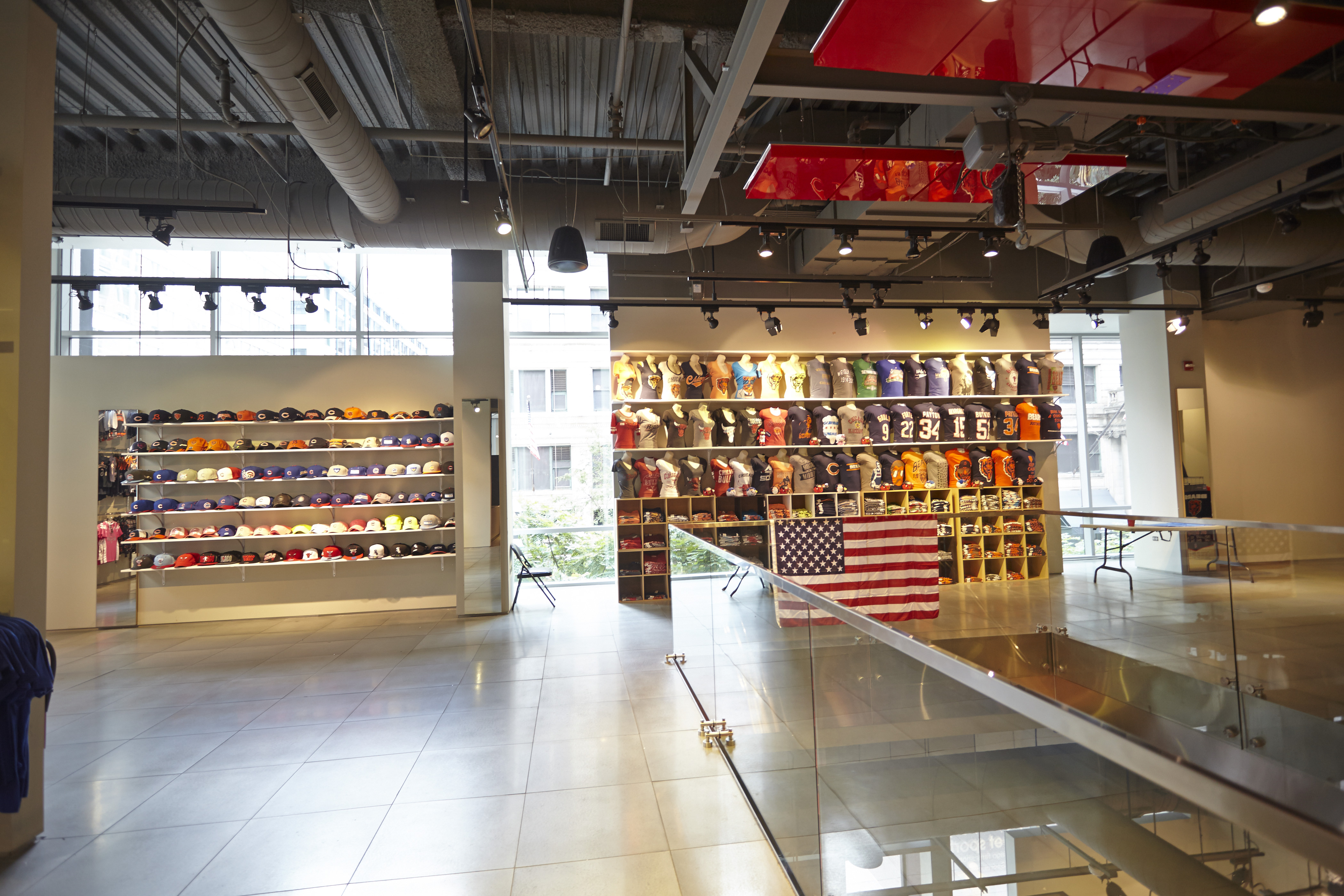It’s mid-afternoon on a foggy San Francisco Thursday. Ryan Fetters, a senior retail designer with Gensler, sits with a client in a visioning session, exchanging questions. “What do you see that we don’t?” the client asks. “What is the story you’re trying to tell?” the designers ask in return. “Who do you want to reach?” The questions are targeted, and their purpose is to understand how Gensler can help the client remain relevant and competitive in the rapidly evolving world of retail.
The questions are driven by seismic shifts in the retail landscape. Suburban malls and department stores are in decline. E-commerce is steadily growing, threatening the traditional retail model. An omni-channel presence is a must, small budgets be damned. Advertisements shout at us to buy products from companies trying to manage these shifts, so much so that we stop paying attention, says Fetters.
If today’s (mostly digital) advertising and marketing methods fail to win customers’ attention, how do retailers, especially smaller operations, maintain a market presence? That’s where Fetters’ questions come into play. How do retailers build their story? They do so by building authentic relationships with customers through face-to-face interaction. “As a consumer I want the real story,” Fetters says about parsing through advertisements and marketing emails. “And if I want the real story I’m going to get way more out of going into the store and talking to someone in person.
That’s where Fetters’ expertise comes in. Gensler’s retail page echoes what Fetters says about storytelling and authenticity. “The heart of the consumer-to-retailer engagement is experiential,” the site reads. “The desire for community, authenticity, and a self-curated yet spontaneous flow” is what Fetters intends to help his client fulfill.
Develop authentic, face-to-face customer relationships by telling a story. It’s a test of turning an abstract idea into tangible strategy. A lesson in lighting, in space, in composition. It’s the process by which a retailer takes his store from glorified warehouse to experience. “People thought movie theaters would die with Netflix,” Fetters says. “But it’s about the experience. Not just buying to buy.”
Today’s lesson is convenience, and it’s an especially pertinent lesson, given the nature of the shifting retail landscape. “Convenience plays into wanting an authentic experience,” Fetters says. Convenience is how retailers answer consumer calls for a relationship that is all about them. Shoppers expect the speed of Amazon fulfillment, along with the ability to touch and examine products in person. In short, customers want the world. Convenience is how retailers can give it to them.
Target now showcases a number of City Targets in urban centers. City Targets – built to absorb maximum foot traffic – regularly outperform their larger, suburban counterparts. Walmart is in the midst of opening 300 small-format stores. The recent success of their existing Walmart Express and Neighborhood Market locations compels them to do so. These mini-Walmarts either focus on a specific subgroup of products and/or are located in more heavily populated areas.
Apple measures store success not by sales per square foot, but by store radius. If a shopper does not make an in-store purchase, but later returns home and buys a MacBook online, the store closest to their location receives credit for the sale. Warby Parker opened a number of temporary warehouses. Their sales in zip codes near those Pop-Ups were significantly higher than in zip codes without access to physical inventory.
This is why Fetters describes the beauty of a Pop-Up in today’s meeting with the small retailer. “Pop-ups get retailers closer to people who want that authentic experience,” he says. Well-designed Pop-Ups help answer the questions Fetters asked earlier. “ “What story do you want to tell?”. Who do you want to reach?”.
Pop-ups bring the product to the customers. They do it with the self-curated spontaneity Gensler espouses. They do it with a “here today, gone tomorrow” attitude that is a pop-up retailer’s greatest asset. Temporary retail spaces tell the story of the moment. They live in the immediate gratification a customer receives after a face-to-face conversation with a store associate. They live in the pleasant surprise of finding one’s favorite brand suddenly around the corner.
As the meeting winds down, Fetters discusses specifics – such as how a space should be arranged, how lighting, color and shelving will guide customers around the store. The conversation includes details about every square foot of floor space, including window signage and display models. By the end of a visioning session, the idea is to have a granular plan for telling a story and remaining relevant.
The devil, as they say, is in the details. How do we build a mini-Walmart without 40,000 square feet of space? How do we develop a City Target without a vast inventory?? How do we bring customers an authentic experience? “It needs to be something personal,” Fetters finishes. It should be unique. And today, more than anything, it needs to be convenient.”
- Pop Up 101: How To Design Your Pop-Up Store Layout - September 7, 2020
- 5 Reasons Why Your Brand Should Host a Holiday Pop-Up Store - December 10, 2017
- 4 Ways To Capitalize On The “Retail Crisis” in NYC - August 4, 2017







